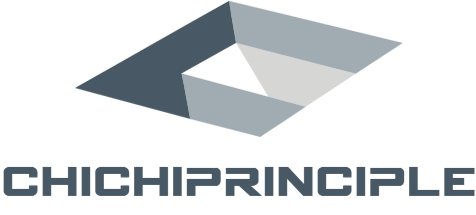Moonbeam, a popular blockchain platform that facilitates the seamless transfer of assets across different decentralized systems, has been making waves in the cryptocurrency community. But what exactly is Moonbeam, and why is it gaining so much attention? In this article, we will explore the intricacies of this innovative blockchain project and its potential to transform the current crypto landscape.
What is Moonbeam?
Moonbeam is essentially an Ethereum-compatible smart contract platform that aims to provide developers with a more user-friendly and streamlined interface for building decentralized applications (dApps). However, unlike Ethereum, which uses the Solidity programming language, Moonbeam is built on the Substrate blockchain framework and supports a wider range of coding languages, including C++, Rust, and .NET.
Moonbeam is part of the larger Polkadot ecosystem, which is a multi-chain platform that enables interoperability between different blockchain networks. This means that developers can leverage the unique features of various blockchains, such as Bitcoin’s security or Ethereum’s smart contracts, to build more robust and versatile dApps.
The Benefits of Using Moonbeam
One of the main advantages of using Moonbeam is its ability to provide a more seamless and efficient user experience compared to other blockchain platforms. Moonbeam uses the Ethereum Virtual Machine (EVM) and Web3 API, which means that developers can utilize familiar tools and programming languages to create dApps on the platform. This makes the learning curve for developers much less steep and allows them to focus more on building innovative solutions rather than navigating complex technical infrastructures.
Another key benefit of Moonbeam is its ability to provide seamless cross-chain interoperability. Using the Polkadot Relay Chain, Moonbeam is able to connect to other blockchains in the ecosystem and exchange assets between networks. This makes it easier for developers to leverage the unique features of various blockchains and provide users with a more comprehensive and versatile dApp experience.
The Moonbeam Token (GLMR)
The Moonbeam network has its own native token, called GLMR, which serves as the utility token for the platform. GLMR is used to pay for transaction fees, access certain features on the network, and participate in governance decisions. Additionally, GLMR can be staked to become a validator or nominator on the network, which allows users to participate in securing the network and earn rewards for doing so.
The Future of Moonbeam
Moonbeam has been gaining traction among developers and investors alike, with several high-profile partnerships and funding rounds in recent months. Some of the notable collaborations include partnerships with Chainlink, Ocean Protocol, and UniLend Finance, among others.
Looking ahead, Moonbeam is poised to play a significant role in the evolving blockchain landscape. With its user-friendly interface, seamless interoperability, and growing developer community, Moonbeam has the potential to become a major player in the decentralized application space. As the crypto industry continues to mature and more use cases for blockchain emerge, platforms like Moonbeam are well-positioned to lead the way in driving innovation and growth.
Conclusion
Moonbeam is a rapidly evolving blockchain project that is pushing the boundaries of what is possible in the decentralized application space. With its focus on user-friendliness, cross-chain interoperability, and innovative features, Moonbeam has the potential to become a major disruptor in the crypto industry. As the project continues to gain momentum, it will be interesting to see how it develops and impacts the broader blockchain landscape.
